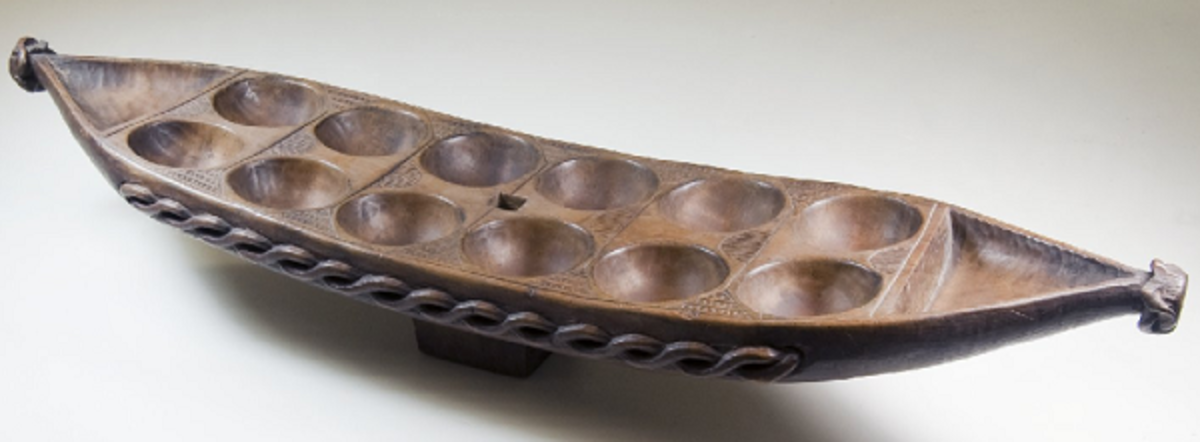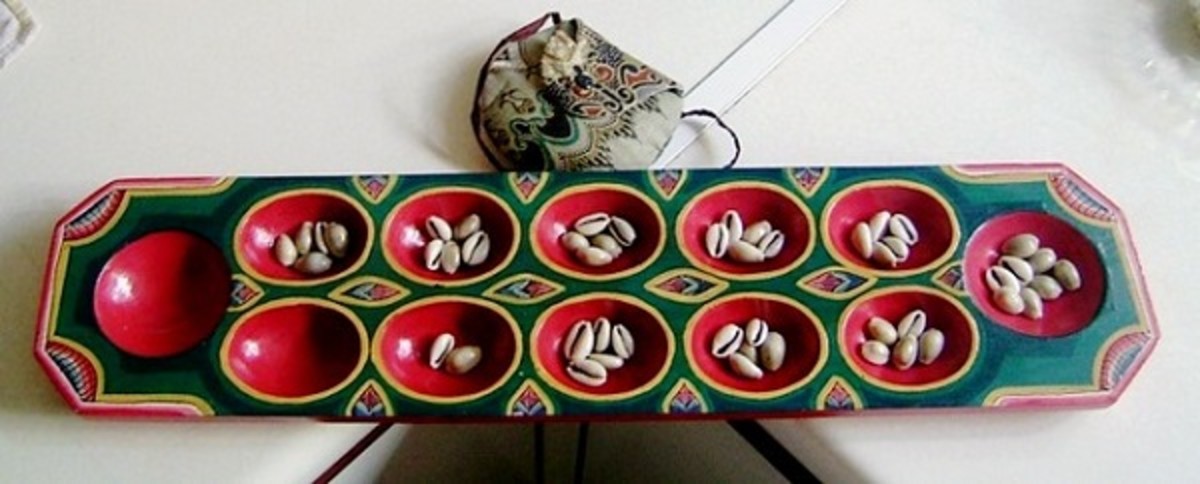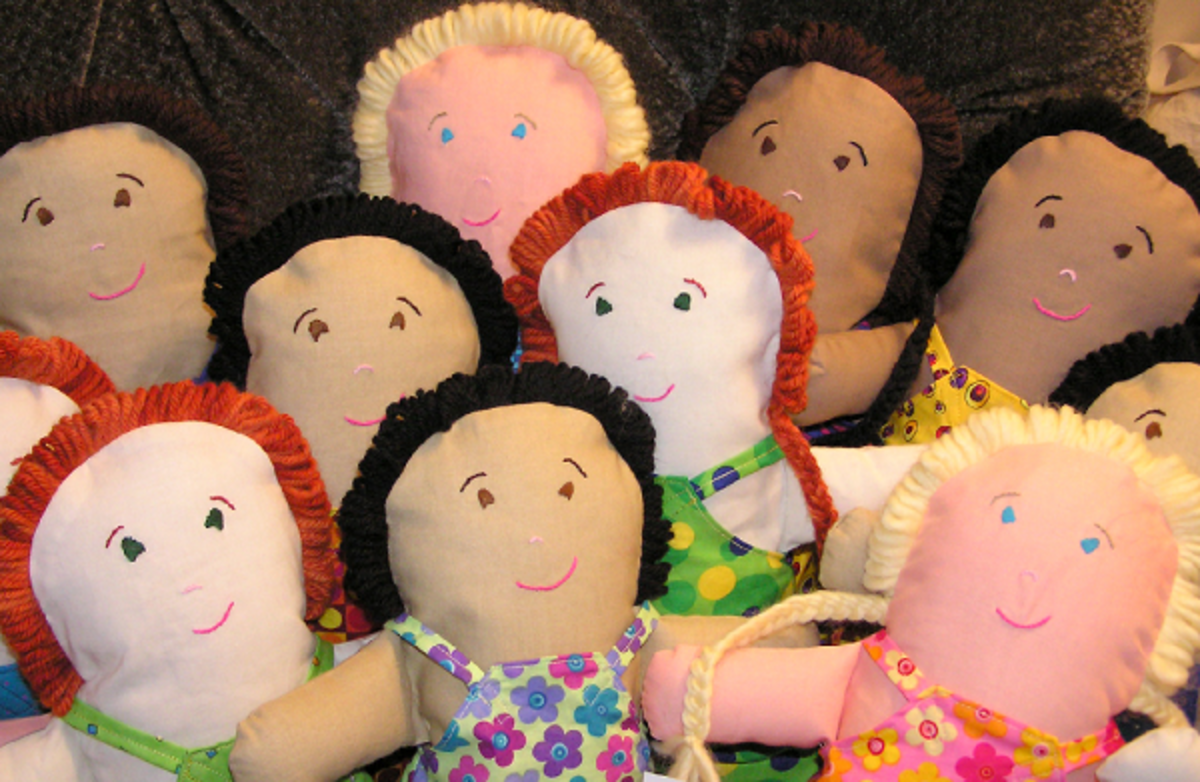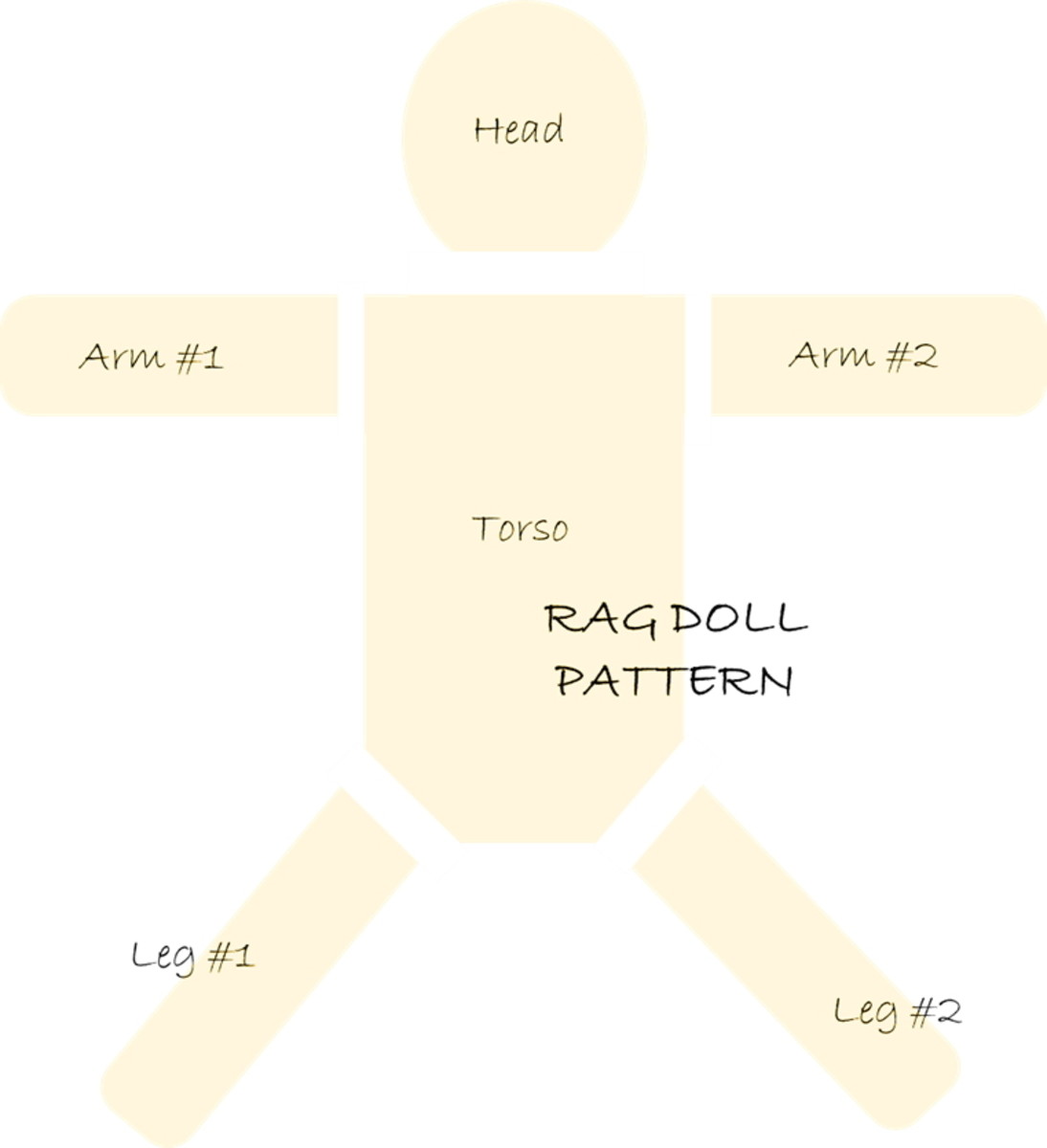Spot the Signs: Recognising Entrepreneurial Traits in Your Child
Today’s kids are smart, informed, and curious, much more than children of the past century. With the advent of the internet and digital technology, the possibilities are endless for many children. How about you be the parent who encourages their kid(s) to become young entrepreneurs?
 |
| A young kidpreneur calculating his earnings. (Image used under license from iStockPhoto) |
Yes, young. You can guide them onto this path from the age of ten, or even younger. Do not underestimate the mindset of today’s children. They are much more knowledgeable than we adults give them credit for. Never forget this fact.
Inspiration That Shows It’s Possible
Give them a gentle push, or a shove, if you have to. Ask questions about what they love to do, make, or write about. Ask in any way you feel will make them open up, think deeply about their answers, and take each answer as a clue. You never know, you may be bringing out latent talent, creativity, or even entrepreneurial skills they didn’t realise they have.
Tips for Parents: Help Your Kid Gain Financial Independence
Earning money on the internet has become so widespread that some smart kids have hopped on the earn-money-online train, making extra pocket money.
While some earning opportunities are not age-specific, others are, but the good news is that there are jobs even if you are under sixteen. For this group of kids, parental consent and supervision is crucial. Most jobs suitable for the 10 to 15 age groups are offline, informal jobs and spare-time tasks, but there are a few that they can do online. They include (in no particular order):
- Garage sales. Gather together and sell old toys, books, devices, old clothes, shoes, bags (in good condition), and other no-longer-useful odds and ends.
- Teach the elderly simple ways to use their electronic devices. Many baby boomers don’t have a clue as to how to perform simple tasks on their devices. Young kids can teach them how to, for a fee.
- Pet sitting. A bit like being a babysitter, but only for young kids who love and have a close affinity with dogs. They can help walk dogs, provide companionship, or care for them when their owners are away.
- Gardening. Young children can earn money as a gardener’s assistant. Help with gardening for neighbours by simple planting, pruning, and trimming of plants, for a fee.
- Sell candy and sweet edibles. This is, without a doubt, a great way to imbibe selling skills. Loan your kid a start-off capital. $25 to $50 is good capital to invest in your child. They can sell at school during playtime. Let them find out what classmates love to snack on, then order them cheap from places like Dollar Stores, Candy Warehouse, and Walmart (on bargain days). Alternatively, making and selling homemade candy can be a fun and cost-effective alternative if your kid is so inclined.
- Make and sell handmade crafts. If your kid loves making small crafts, they can make simple craft items to sell at local markets or on online platforms like Etsy. However, you must help your child promote their crafts through social media or word of mouth and don’t forget to teach them how.
- Teach younger kids. Children who excel in a particular class subject can teach younger kids for a fee. This will also reinforce their knowledge of the subject while helping the younger ones.
- Start a YouTube Channel as a kid influencer. If your kids are over 13 years old, they can operate a YouTube channel (the age limit to own one is 13 and above). However, parental or guardian permission is required before starting the channel. There are many popular kid influencers on YouTube, and there is fairly good money to be made by influencers. Find out what some of these kid influencers make on YouTube.
- Sell T-shirts, hoodies, and sweatshirts online. This is a great online money-making venture for older teenagers. They create illustrations, design and upload, and sell them online. Sites like Spreadshirt, Zazzle, and Printify provide such services. It is much easier than it sounds. However, with the right strategy, it can be quite profitable.
Earning extra cash by themselves will serve as a foundation for a future where they will have acquired the ability to handle financial challenges on their own.
Fostering a Lifelong Entrepreneurial Mindset
Parental supervision is key. Allowing kids under sixteen to earn money online and offline is a great idea, but it requires adult supervision. Offline jobs need to be overseen and monitored. And for online jobs, because the internet is a global community, you don’t want your kid wandering around aimlessly in the community without guidance, just as in any community.
Additionally, check periodically to ensure they are not using illegal means to earn extra pocket money. And check that they don’t get so obsessed with earning money, they neglect their studies.
(Originally published by at Medium.com by Alo Bedas on 10/3/2024)
Other articles of interest.
Kids Are Making Money Online Testing New Video Games














